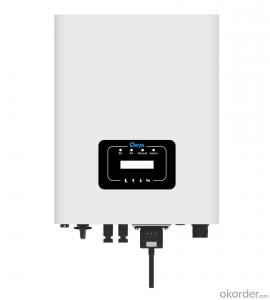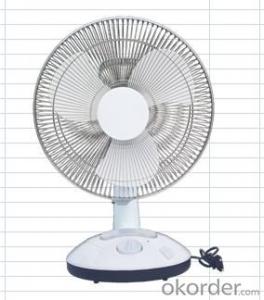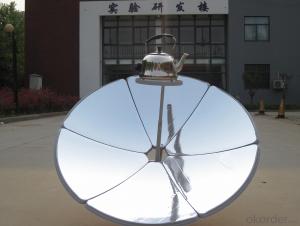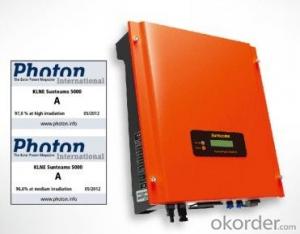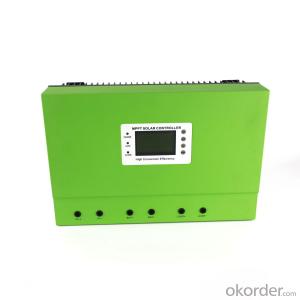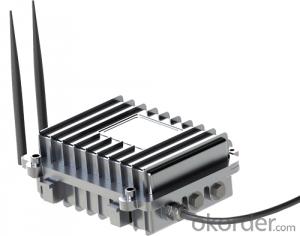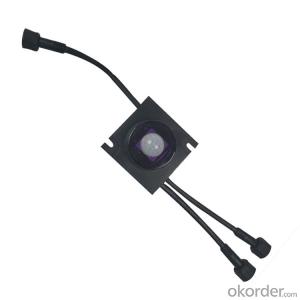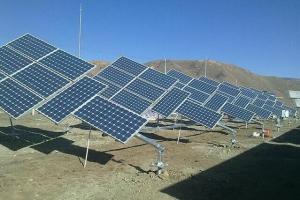Solis Solar Inverter Manual
Solis Solar Inverter Manual Related Searches
Solar Inverter User Manual Solar Inverter Service Manual Tesla Solar Inverter Manual Solar Pump Inverter Manual Solar Edge Inverter Manual Delta Solar Inverter Manual Sma Solar Inverter Manual Abb Solar Inverter Manual One Solar Inverter Manual Growatt Solar Inverter Manual Solis Solar Inverter Ever Solar Inverter Manual Aurora Solar Inverter Manual Solis Inverter Solar Mppt Solar Inverter Manual T Solar Inverter User Manual Generac Solar Inverter Manual Solis Solar Inverter App Mpp Solar Inverter Manual Fronius Solar Inverter Manual Felicity Solar Inverter Manual Abb Uno Solar Inverter Manual Tmeic Solar Inverter Manual Solar Inverter Solis Solar Inverter Tutorial Wind Solar Hybrid Controller Manual Solis Solar Inverter Price Solar Inverter Buying Guide Solar Inverter Configuration Solar Inverter InstallationSolis Solar Inverter Manual Supplier & Manufacturer from China
The Solis Solar Inverter Manual covers a comprehensive range of inverters designed to optimize the performance of solar energy systems. These inverters are engineered to convert the direct current (DC) generated by solar panels into alternating current (AC) that can be utilized by homes and businesses. The Solis Solar Inverter Manual provides essential information on the installation, operation, and maintenance of these inverters, ensuring that users can maximize the efficiency and lifespan of their solar power systems.The Solis Solar Inverter Manual is particularly useful for a variety of applications, including residential, commercial, and industrial settings. These inverters are designed to handle different power capacities, making them suitable for small-scale home installations as well as large-scale solar farms. By following the guidelines provided in the manual, users can ensure that their solar inverters are operating at peak performance, reducing energy costs, and contributing to a more sustainable environment.
Okorder.com is a leading wholesale supplier of Solis Solar Inverter Manual products, offering a vast inventory to cater to the needs of various customers. With a commitment to quality and customer satisfaction, Okorder.com ensures that the Solis Solar Inverter Manual and related products are available at competitive prices and are shipped promptly to customers worldwide. By partnering with Okorder.com, businesses and individuals can access the Solis Solar Inverter Manual and other essential components needed to set up and maintain efficient solar energy systems.























